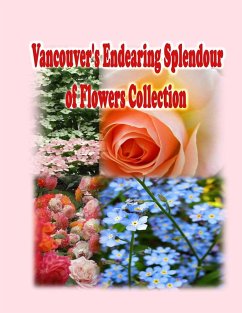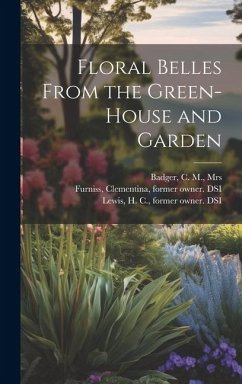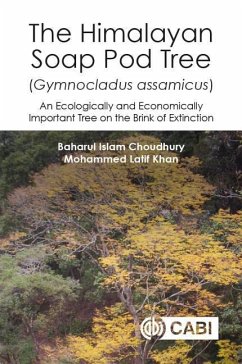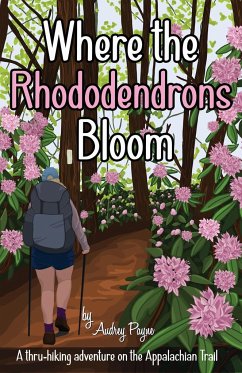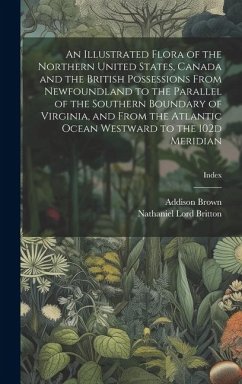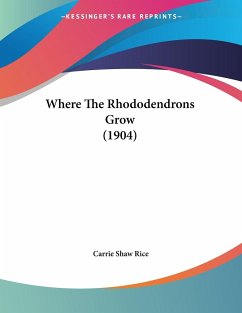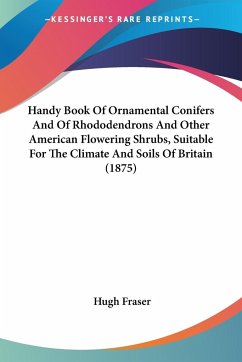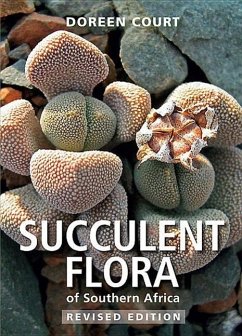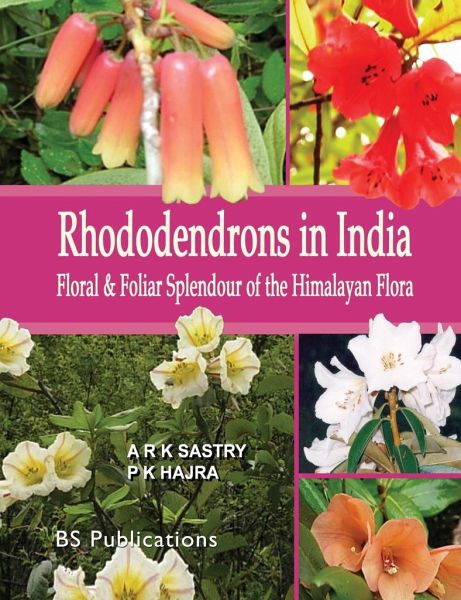
Rhododendrons in India: Floral & Foliar Splendour of the Himalayan Flora
Versandkostenfrei!
Versandfertig in über 4 Wochen
114,99 €
inkl. MwSt.

PAYBACK Punkte
57 °P sammeln!
The genus Rhododendron is acclaimed in horticulture for its most elegant, bell-shaped flowers of varied colours. In India, Rhododendron species are found in the Himalayas from Kashmir to Arunachal Pradesh and in the forested mountain tracts of N.E. Indian States. The interest in the Himalayan Rhododendrons began with the discovery of the red flowered R. arboreum in Kashmir in the year 1796 and introduction of its seeds into the English gardens in 1827. J.D. Hooker's travels in Sikkim between 1848-1850 revealed the hidden rhododendron treasure. Following this, series of botanical explorations w...
The genus Rhododendron is acclaimed in horticulture for its most elegant, bell-shaped flowers of varied colours. In India, Rhododendron species are found in the Himalayas from Kashmir to Arunachal Pradesh and in the forested mountain tracts of N.E. Indian States. The interest in the Himalayan Rhododendrons began with the discovery of the red flowered R. arboreum in Kashmir in the year 1796 and introduction of its seeds into the English gardens in 1827. J.D. Hooker's travels in Sikkim between 1848-1850 revealed the hidden rhododendron treasure. Following this, series of botanical explorations were undertaken in the Eastern Himalayan region by noted botanists and plant collectors from England bringing forth the richness and species diversity of the genus. Himalayan Rhododendrons have contributed a great deal in developing many horticulturally appealing clones and have ensured their importance in a multi-million dollar horticulture trade in the West at par with roses and orchids. In India, the species in the Western Himalaya and Sikkim are better known, while the species that inhabit the densely forested inaccessible mountains in Arunachal Pradesh and other N.E. Indian states largely remained less known or even unknown. Thus there has been no comprehensive account of all the species of the genus in the country leaving a wide gap to know the Indian rhododendrons wholly and from a single source. Hence this book. The book provides detailed taxonomic treatment of the genus in India with workable keys to the subgenera, different sections, sub-sections, species and sub-specific taxa with botanical descriptions. Colour photographs for many species, line drawings for about 20 species, distribution maps for all the species are provided to enhance the scientific value of this book as a Reference Manual for the use of botanists, teachers, students, foresters, nature lovers and conservationists. In short this book is the need of the hour for planning appropriate scientific conversation measures to safeguard the rhododendron species and their sites from further destruction, depletion and possible extinction.




